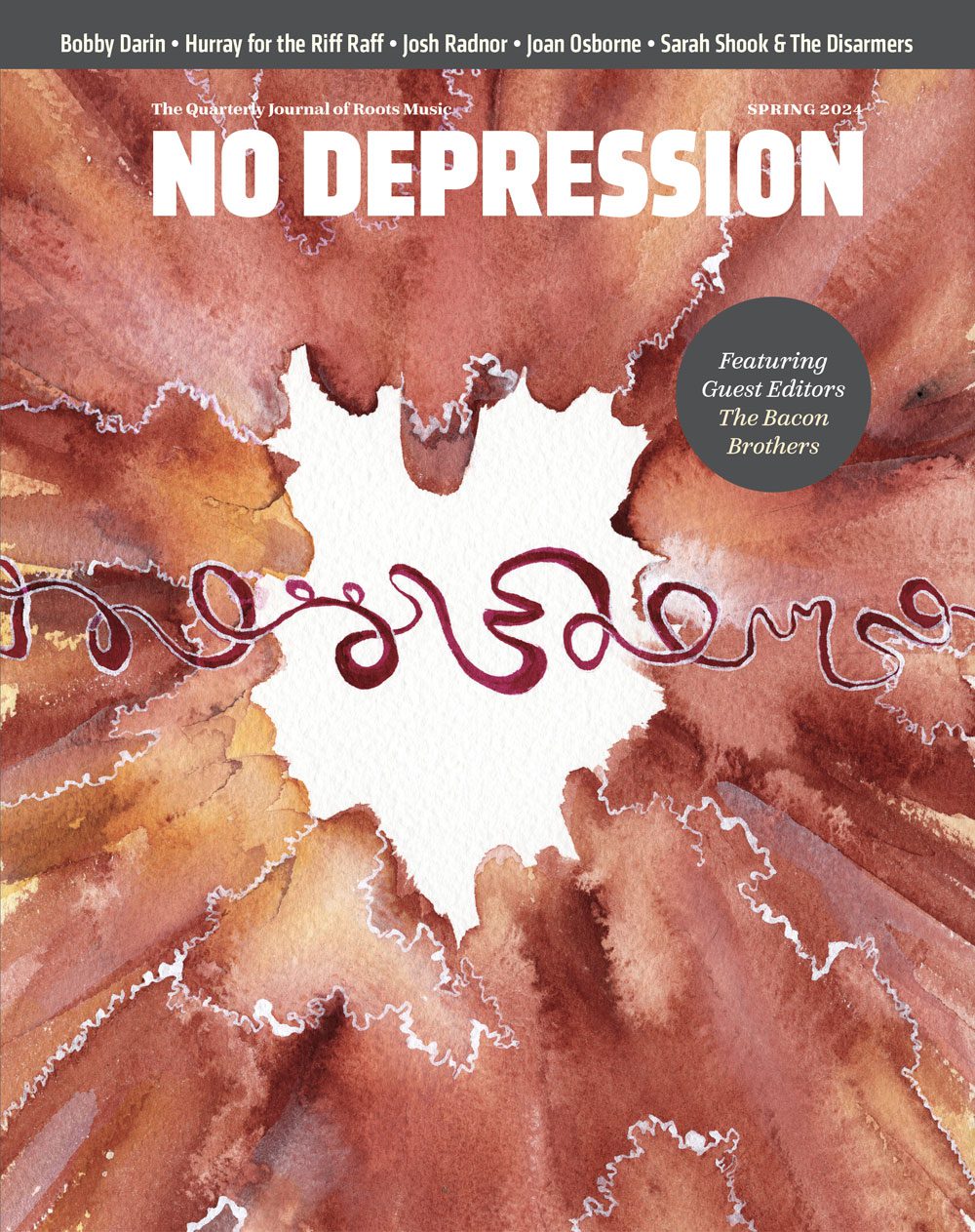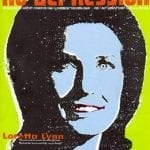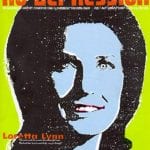Songs in the Key Of Strife: Social change strikes a musical chord at Tennessee’s Highlander Folk Center
Before sing-alongs became merely another tedious means of stretching out a concert, before music was done to people instead of by people, before Kenny Chesney was celebrated as the Knoxville area’s shining musical light, Guy Carawan sat in New Market, Tennessee, twenty minutes outside of Knoxville, and piddled with the lyrics, rhythm and guitar chords to an old Southern church song. His lyrical changes were mostly to pronouns, but they proved to be of monumental importance.
“The old words were, ‘I’ll overcome someday,'” Carawan said. “But the labor movement said ‘we,’ and that was the beginning of the song being used as social demonstration. I put some nice chords to it, and kind of a pulsing beat, and then a group of people could pick it up in four-part harmony.”
“We Shall Overcome” did not alter the United States’ legal and social structure, but it did provide a soundtrack for those changes. “Eyes On The Prize” was similarly important as a rallying cry, a mantra of persistence and a joyous pickup during interminable hours of sitting in or marching on. And New Market’s Highlander Folk School (now called the Highlander Research and Education Center) was instrumental in spreading the songs that helped make the civil rights revolution both palatable and understandable to masses of Americans.
Carawan tinkered with those songs at the Highlander Center, founded by Myles Horton in 1932, and then helped the songs develop sea legs during long trips with Septima Clark, an African-American schoolteacher and social activist who came to Highlander in 1959 to help weave together the efforts of dozens of activist organizations throughout the South.
“When I came to Highlander, Septima could not drive a car,” Carawan said. “I was her driver when she was on her way to towns to do things like form literacy citizenship groups so people could become registered voters. I’d get out my guitar and play ‘Eyes On The Prize’ or ‘We Shall Overcome’, and when people were tired from holding a pencil and writing, they’d take some time and share some singing. They were already loaded with their own traditional spiritual and gospel songs, and I’d play along on the guitar and then I’d teach them a song or two.”
During the civil rights struggle, Highlander’s mid-South location helped it to become a sort of hub in the wheel — a cradle, as Andrew Young said, of the movement. It was a think tank, a center for popular education, and a gathering place for seemingly disparate groups of poor Appalachian whites, educated radicals, college students, and civil rights leaders including Clark, Young, Martin Luther King Jr., Stokely Carmichael and Rosa Parks.
But while King and Parks were occasional visitors, music was a constant. Carawan was a product of the People’s Song Movement, in which folk music reflected people’s struggle for a decent way of life.
“While I was in college at UCLA in the early 1950s, a group called the Weavers, which featured Pete Seeger, was playing folk songs and beginning to make a real dent,” Carawan said. “It was an interesting musical time, with people singing lullabies, British ballads, political songs and all sorts of things. I was listening to Library of Congress field recordings, and to Woody Guthrie.”
Folk songs were used to great effect in the labor movement, when songs written and/or collected by Guthrie, Alan Lomax, Pete Seeger and others offered advice and perspective on organized labor (“There’s a union train a comin’/Down that union track/Ain’t no scabs ride this train/Or hold that union back,” sang Guthrie), refutations of American economics (Sara Ogan Gunning’s “I Hate The Capitalist System”, for instance), and even outright calls to arms such as Guthrie’s stunningly hilarious punk rock predecessor, “You Low Life Son Of A Bitch”: “You yaller-back, piss-complected skunk…That’s what I call a greedy rich thief/Now what do you think about that?”
Highlander used music to attract, entertain and enlighten workers in the region, with the ultimate goal being collective action. Carawan first traveled to Highlander in the summer of 1949, in an automobile that also carried friends Frank Hamilton (who took Seeger’s place in the Weavers and later founded the Old Town School of Folk Music in Chicago) and Ramblin’ Jack Elliott.
“We came to Highlander as volunteers, and Myles Horton put us to work cutting lawns,” Carawan said. “We did play a lot of music there, though.”
The group returned to New York after ten weeks in the South, and Carawan continued to soak up the folk culture. He also took over the director’s chores for a choir in the Bronx, where he learned to teach Bach chorales as well as folk songs. That experience came in handy at the outset of the 1950s, when he became a de facto choir director at numerous civil rights gatherings.
In conjunction with Zilphia Horton, Highlander’s musical leader and wife of Myles Horton, Carawan’s efforts helped transform numerous church spirituals into tools of social protest. Those efforts underscored the changing role of Southern churches, as worship services moved away from the “reward in heaven” teachings and began wielding Biblical verses as proof that equality was both a worldly necessity and a divine mandate.
Through the early 1960s, Highlander remained an important meeting ground. Later on, that changed. “At a point, the civil rights movement seemed to say to Highlander, ‘Thanks, but we’ll take it from here,'” Carawan said. “They were questioning if a white-run center should be playing a leadership role, and Myles was smart enough to see this and adapt. Highlander became quite a different place after that.”




